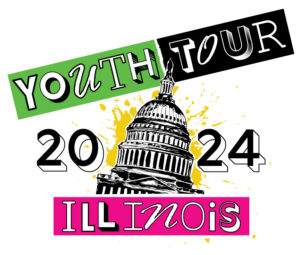It is estimated that Seasonal Affective Disorder, SAD, affects 5- to 8-million people a year in the U.S., particularly in the colder, winter months when days are shorter and nights are longer.
It is thought to be related to the lack of available sunlight leading to a deficiency of Vitamin D, which, in turn, disrupts a person’s natural sleep cycle.
“The classic symptoms of SAD mimic those of another depressive disorder so feeling down, blue, lack of energy, poor appetite, sleep disturbance, all of those classic depressive symptoms just related to the changes in season,” says Luke Raymond, behavioral health services manager for Peoria-based OSF Healthcare.
As a behavioral health specialist, Raymond works with people suffering from SAD. He says there is a difference between SAD and a case of the occasional winter blahs. If you find your mind and mood are impacting your relationships, ability to work or social activities, it is something that needs to be addressed.
There are several treatment options available for SAD. The most used is phototherapy, or light therapy. Counseling or therapy can also be beneficial. Even simple lifestyle changes can help.
“What’s really beneficial is getting outside, even though it’s cold, as much as you can and absorb that natural sunlight. Involve yourself in pleasurable activities and exercise is always beneficial when dealing with these kinds of symptoms,” says Raymond.
Source: OSF HealthCare









